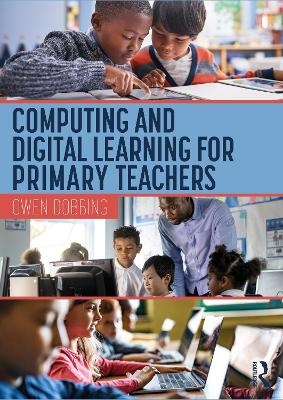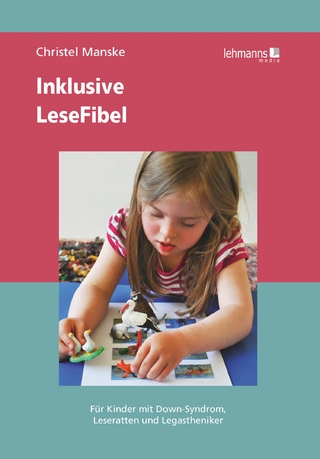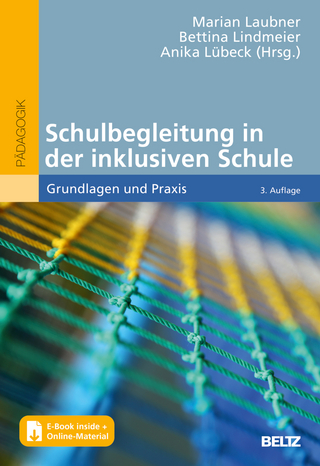
Computing and Digital Learning for Primary Teachers
Routledge (Verlag)
978-1-032-82014-9 (ISBN)
Whether they are new or experienced, teachers are expected to plan and deliver high-quality computing lessons to their pupils. Computing and Digital Learning for Primary Teachers provides an accessible introduction to teaching computing effectively and for deeper understanding in the primary classroom.
Filled with practical resources to support lesson design, long-term planning, and assessment, readers will benefit from building their subject knowledge and learning to create engaging lessons for their pupils. Chapters explore:
Supporting computational thinking and problem-solving to teach our pupils how to solve problems logically and systematically.
Developing pupils’ digital literacy and use of IT, creating exciting opportunities for children’s digital self-expression through film, animation, and 3D design.
Managing technology in our schools, such as setting up and maintaining a virtual learning environment (VLE).
Cross-curriculum links with STEAM and engineering, allowing children to solve real-world problems by combining their digital literacy with their knowledge of maths, science, and technology.
Cost-effective and accessible ways of introducing physical computing and robotics to children.
Safe and responsible uses of artificial intelligence (AI) in our primary schools.
This essential resource provides a highly practical guide to delivering effective computing lessons in the primary classroom and is a must read for anyone who wishes to become a more confident and knowledgeable computing teacher.
Owen Dobbing is an experienced educator, with 10+ years of experience in teaching and leading the development of technology in schools. He is also a member of several Computing at School (CAS) hubs and of the National Centre for Computing Education (NCCE) and STEM Learning. He is currently Head of Computing and Digital Learning at a school in London.
Preface; 1. What is Computing?; 2. Computational Thinking and Problem Solving; 3. Computing Concepts; 4. Computing Schemes of Work; 5. Teaching Effective Computing Lessons; 6. Teaching Computer Science; 7. Teaching Information Technology; 8. Teaching Digital Literacy; 9. Computing and ICT in Early Years; 10. Robotics; 11. Physical Computing; 12. ‘Unplugged’ Activities; 13. Debugging; 14. Inclusion; 15. STEAM; 16. Green Opportunities; 17. Evidencing and Feedback; 18. Assessment and Progression; 19. E-safety and Digital Citizenship; 20. Leading Computing and Digital Learning; 21. Artificial Intelligence; 22. Computing CPD; 23. Computing and Other Subjects; 24. The Future of Computing
| Erscheinungsdatum | 11.09.2024 |
|---|---|
| Zusatzinfo | 109 Tables, black and white; 10 Halftones, black and white; 10 Illustrations, black and white |
| Verlagsort | London |
| Sprache | englisch |
| Maße | 174 x 246 mm |
| Gewicht | 460 g |
| Themenwelt | Sozialwissenschaften ► Pädagogik ► Schulpädagogik / Grundschule |
| ISBN-10 | 1-032-82014-4 / 1032820144 |
| ISBN-13 | 978-1-032-82014-9 / 9781032820149 |
| Zustand | Neuware |
| Haben Sie eine Frage zum Produkt? |
aus dem Bereich


